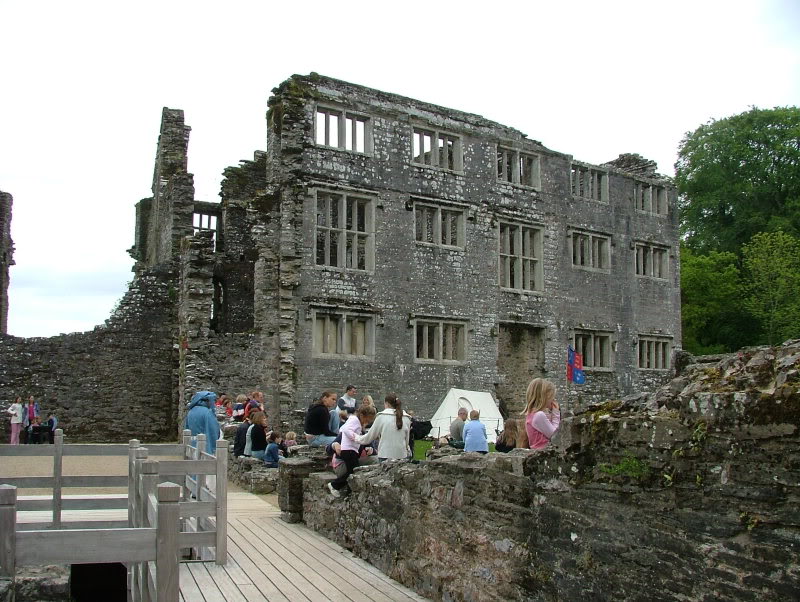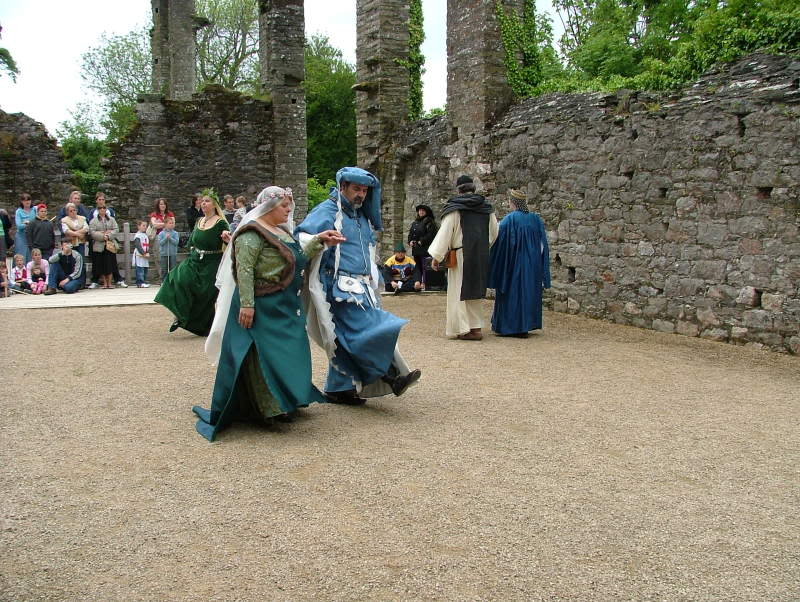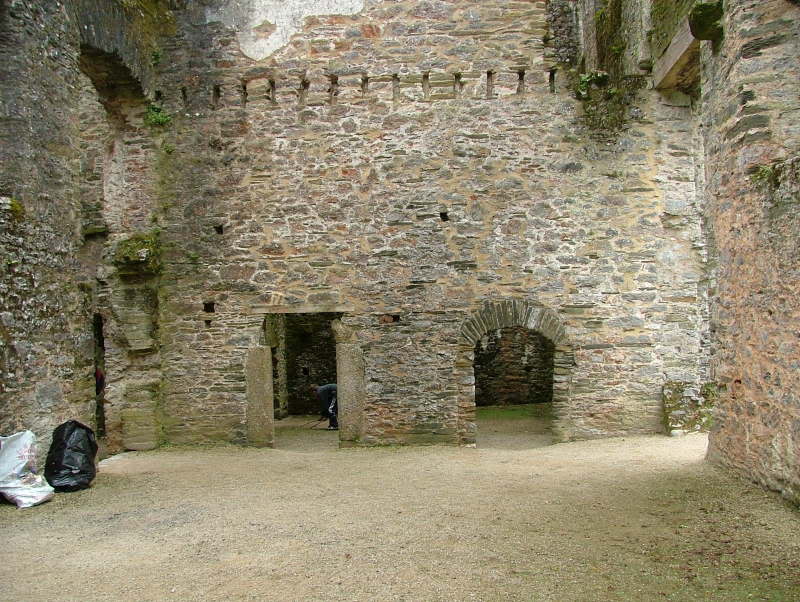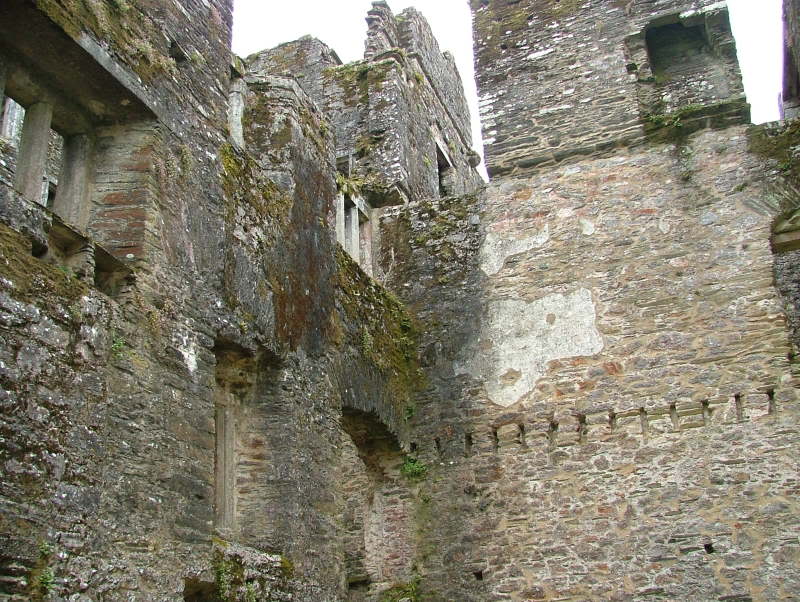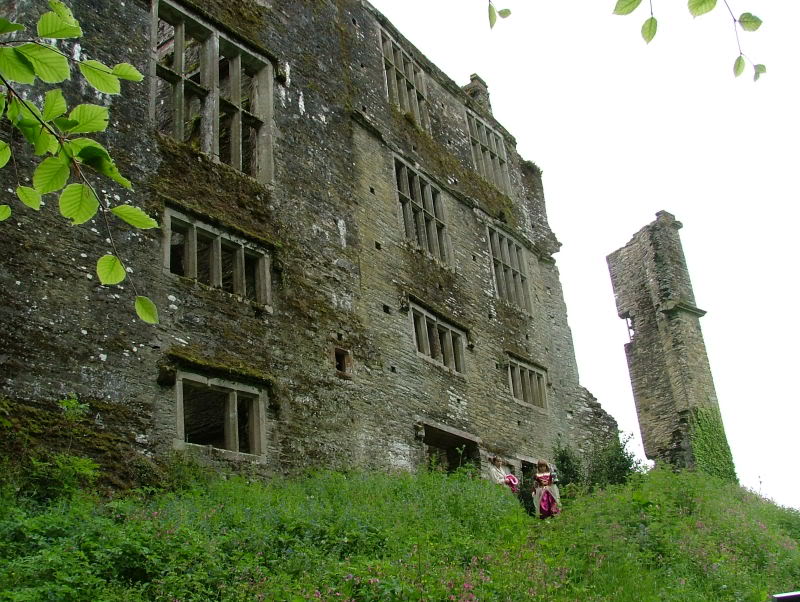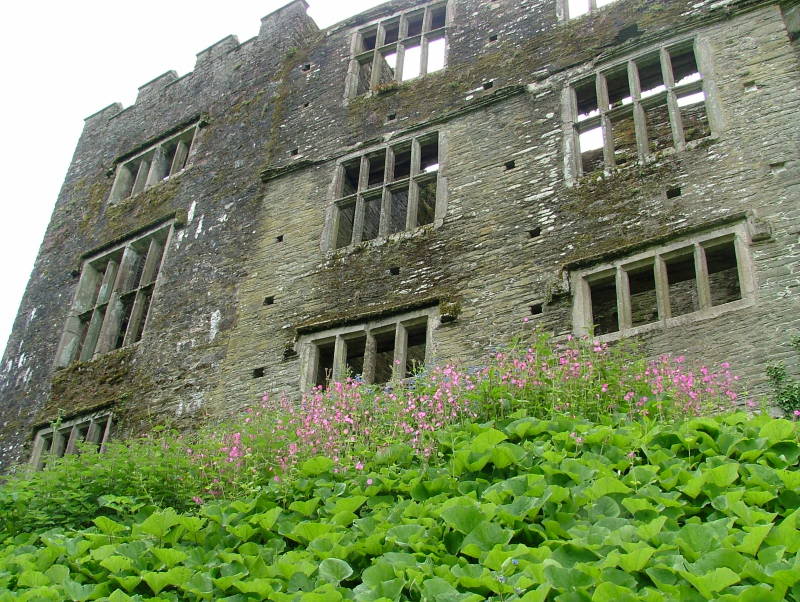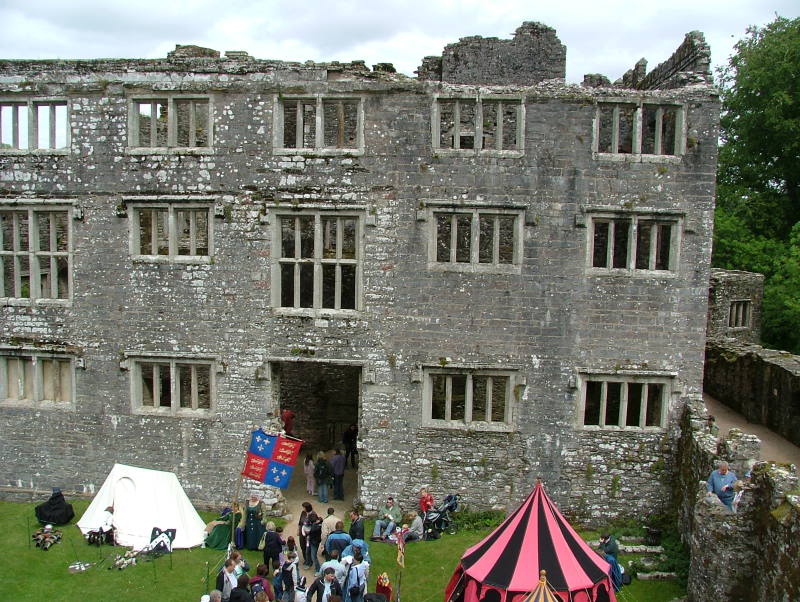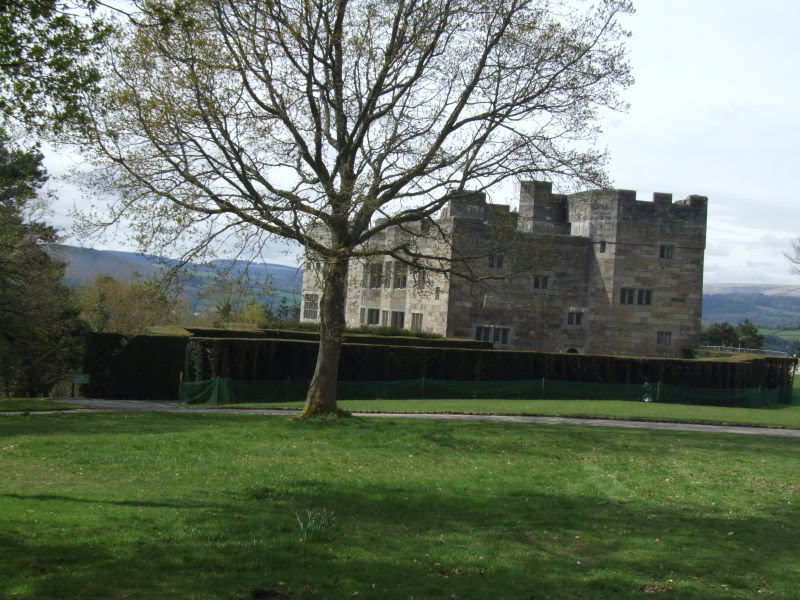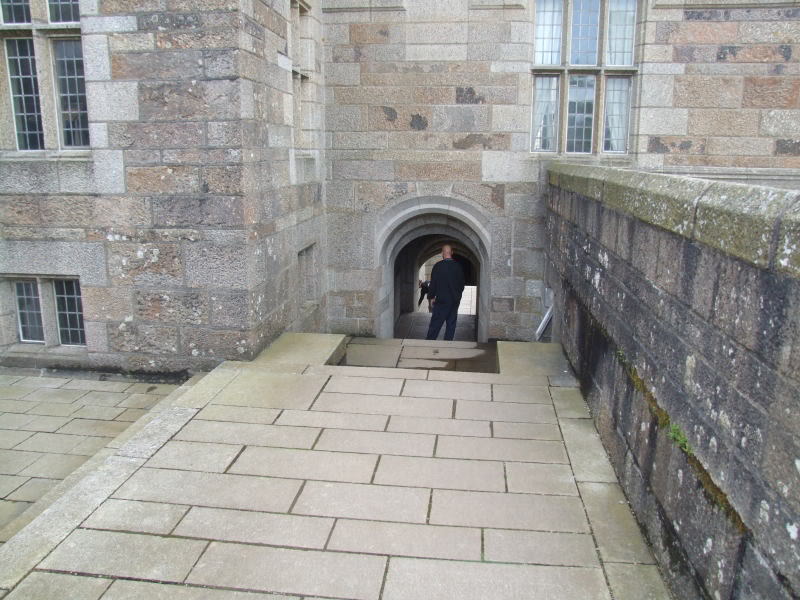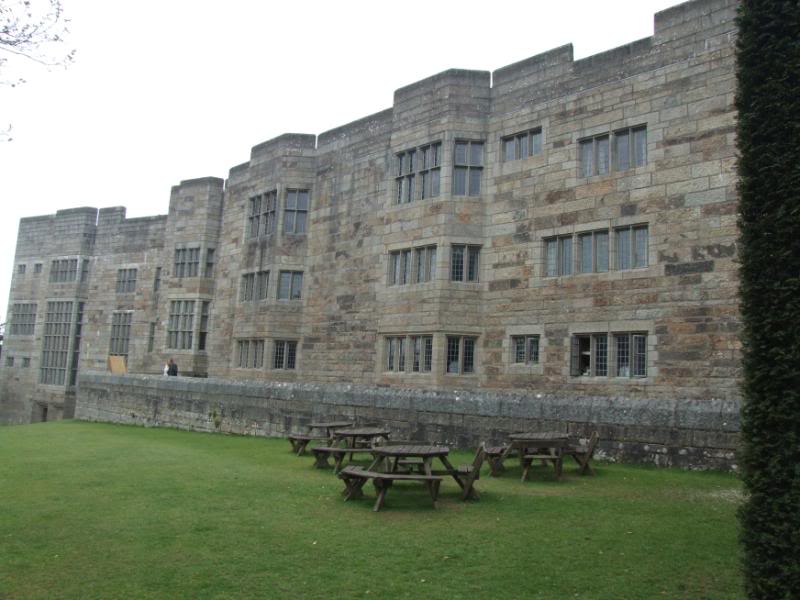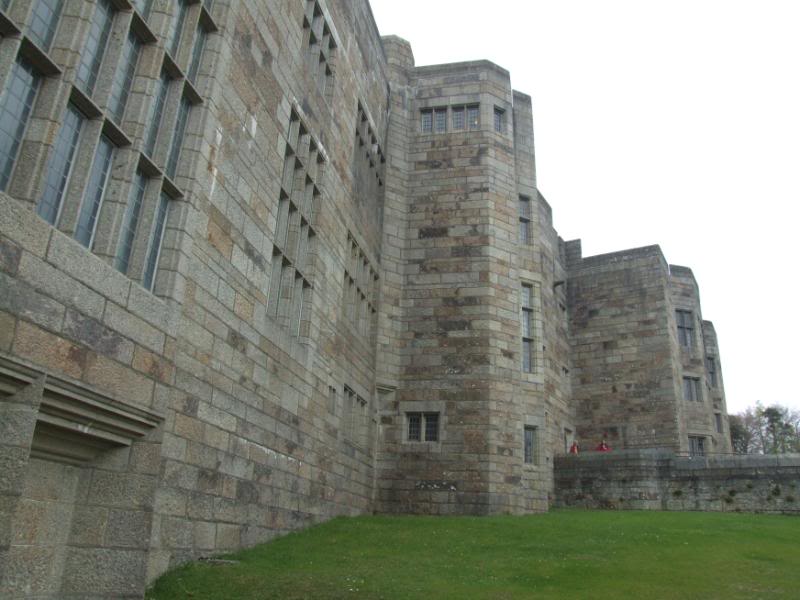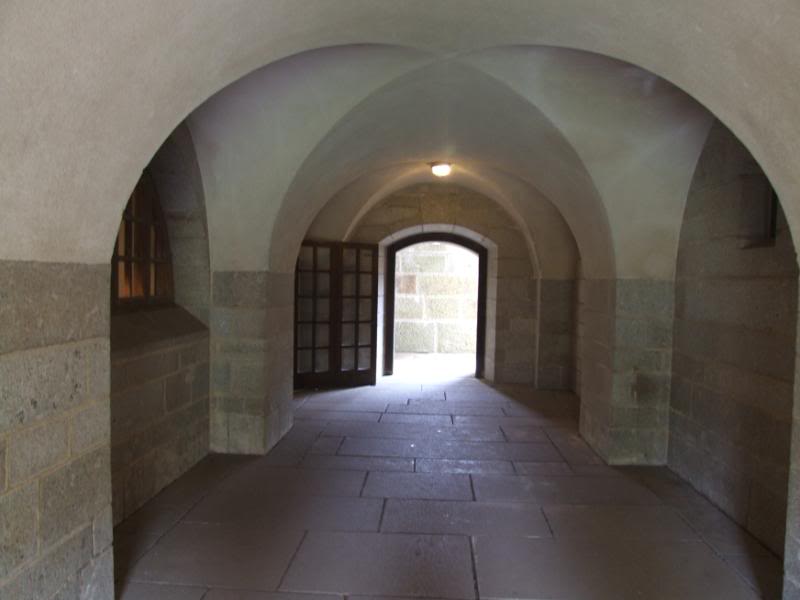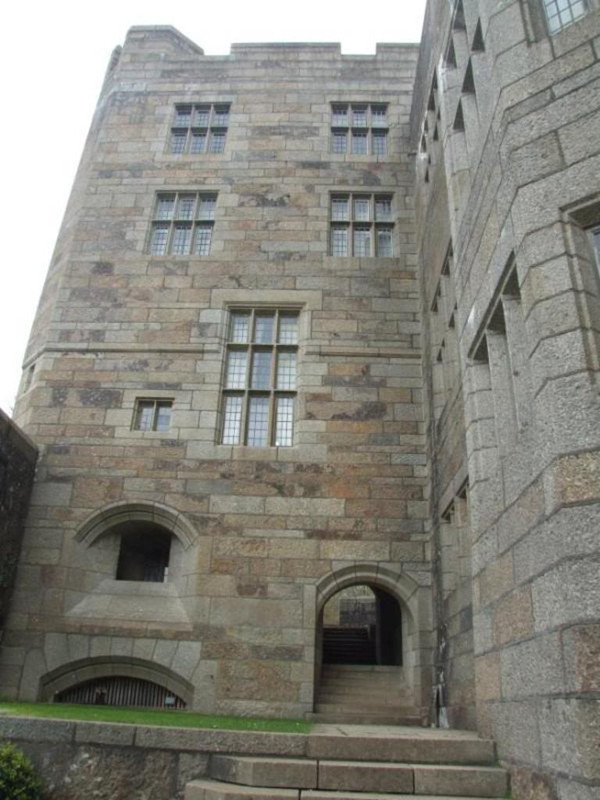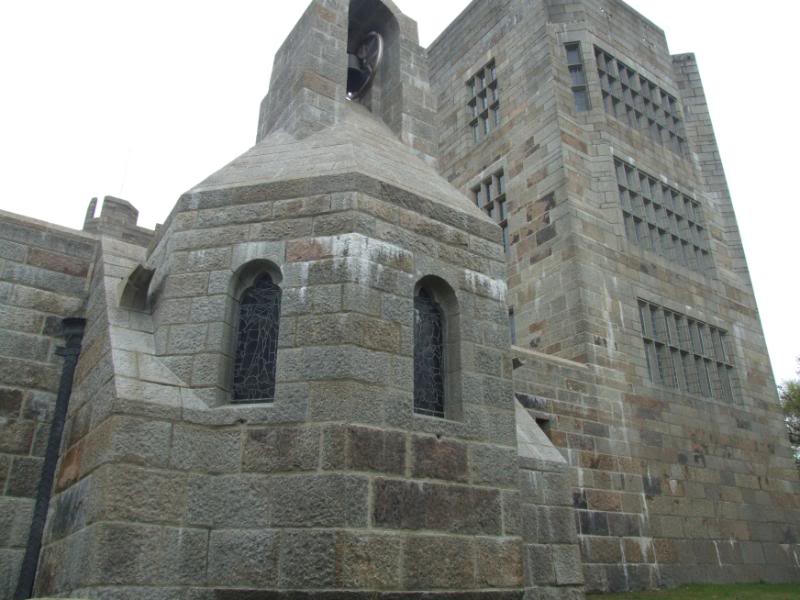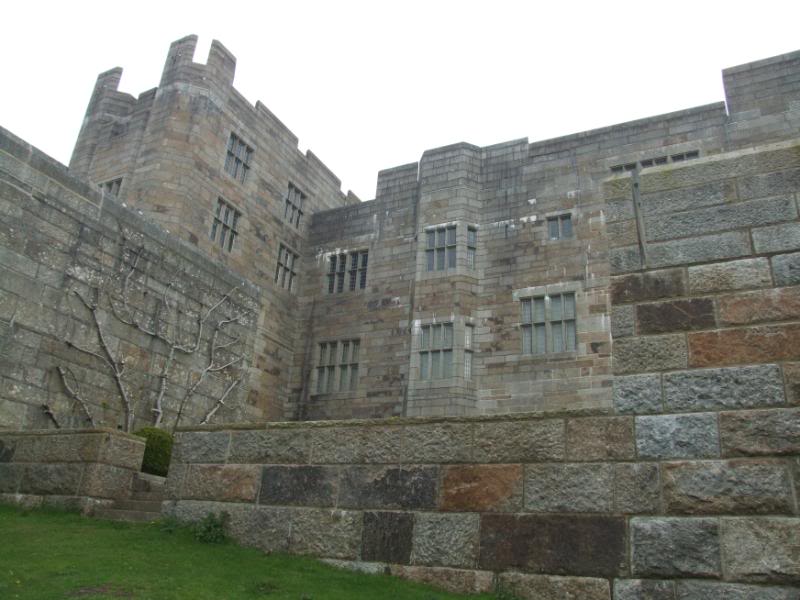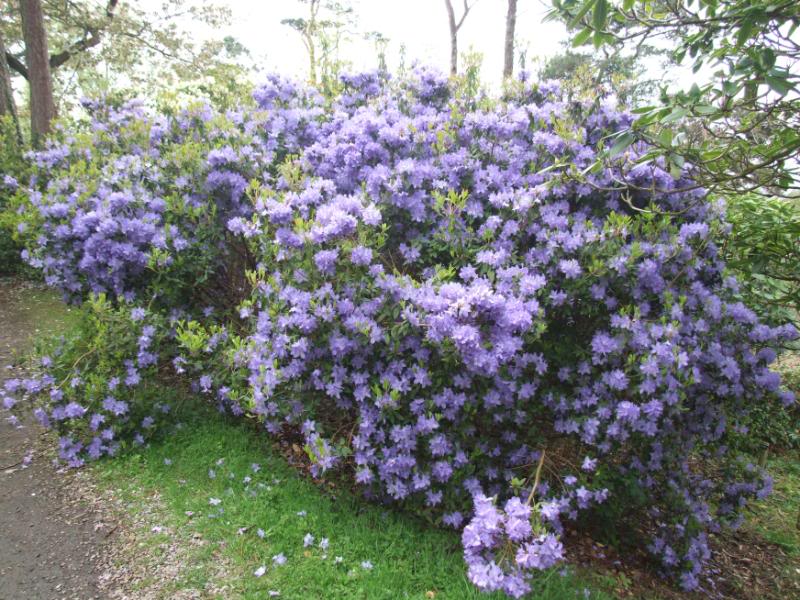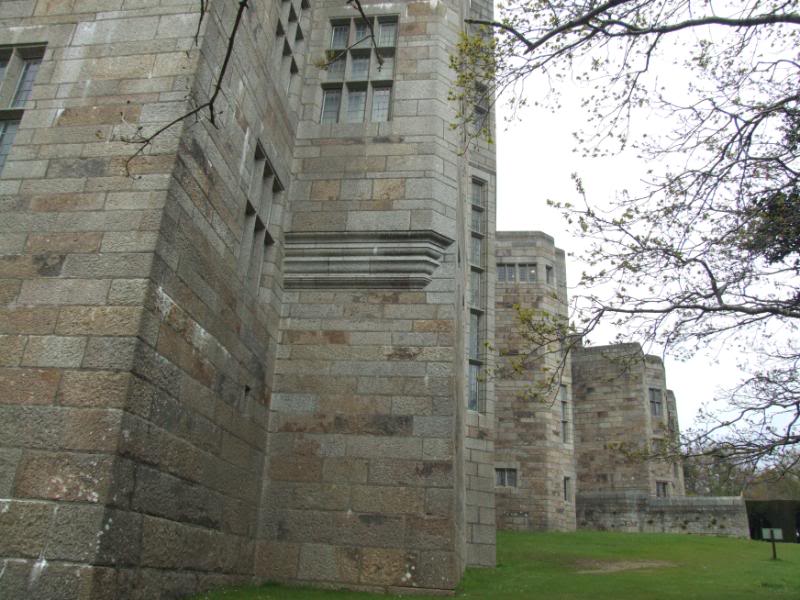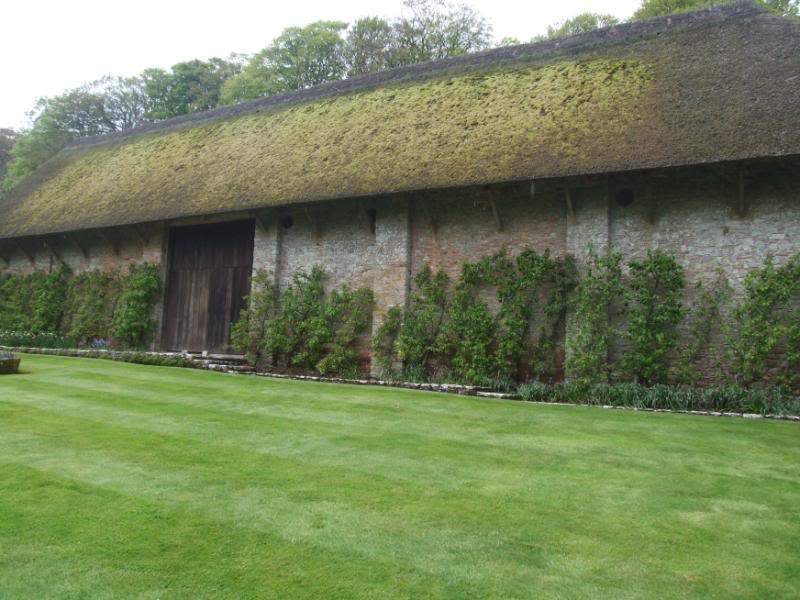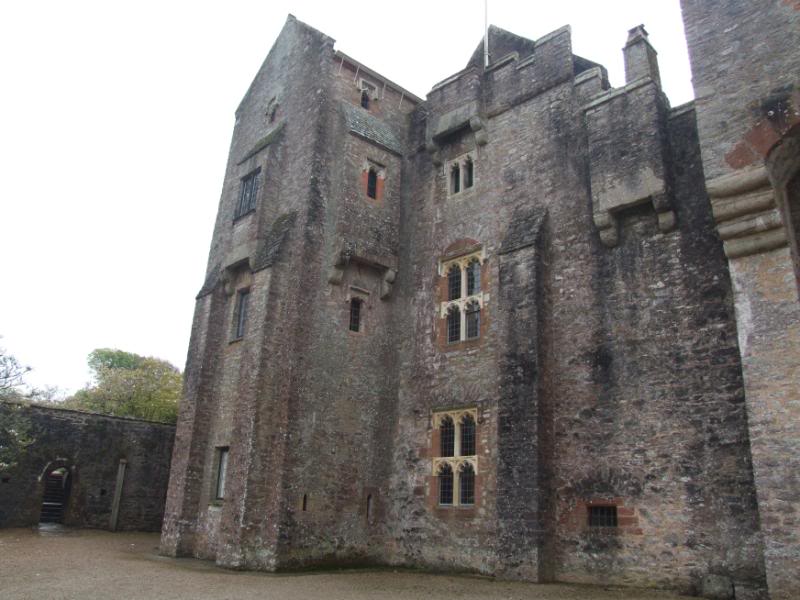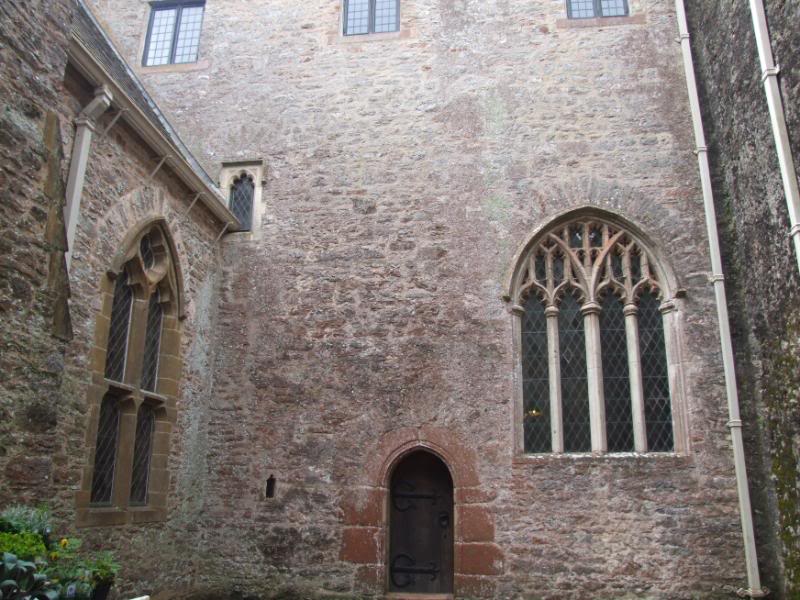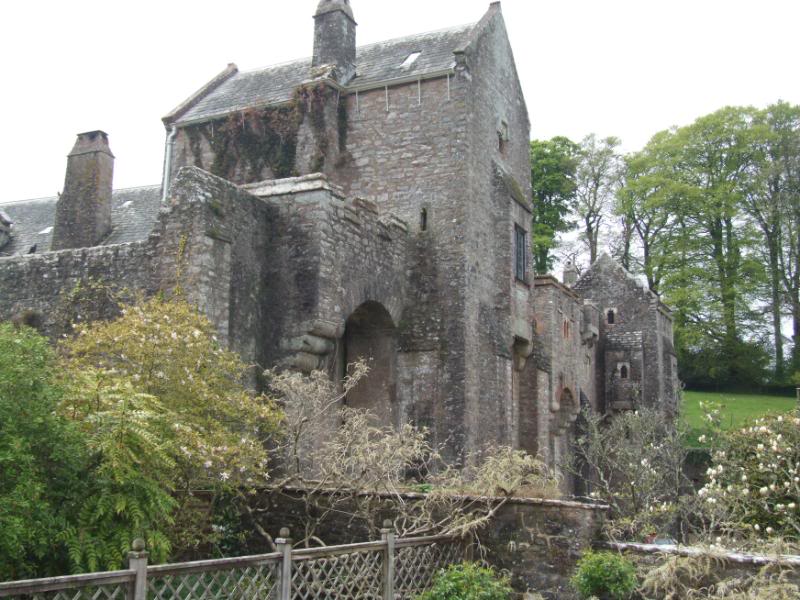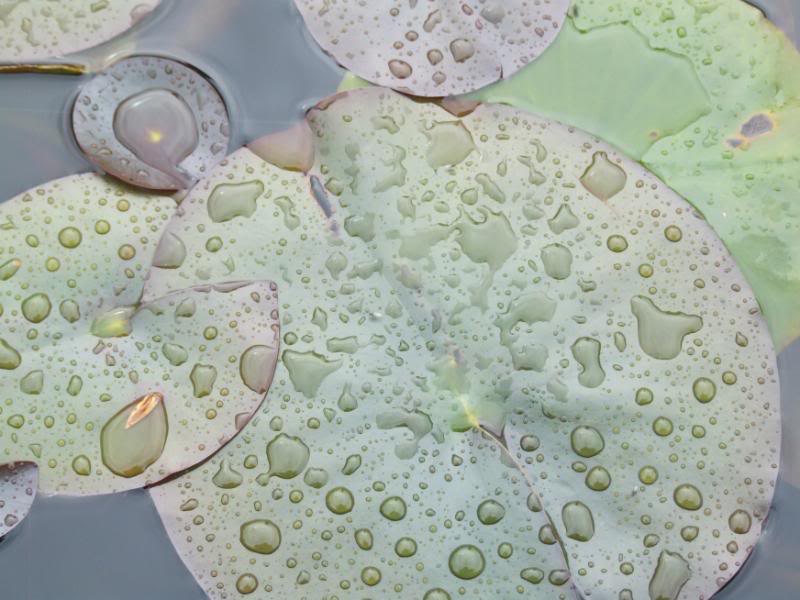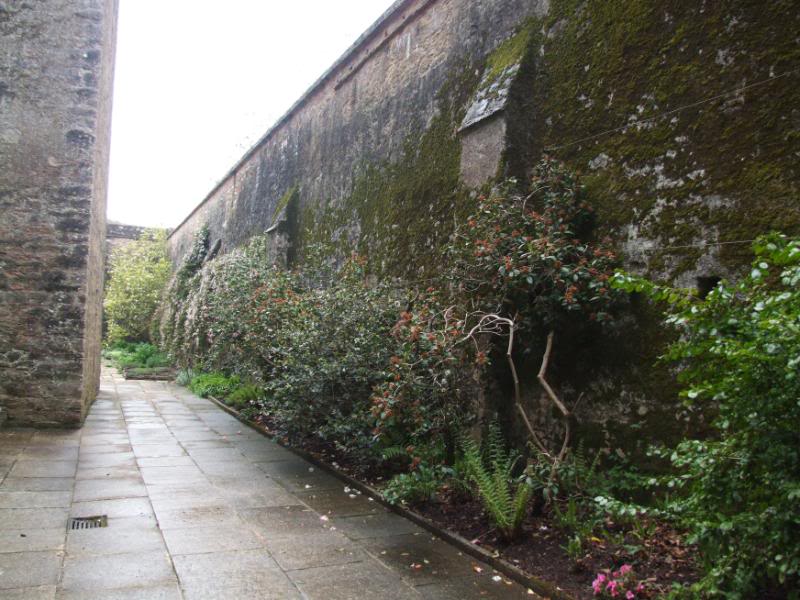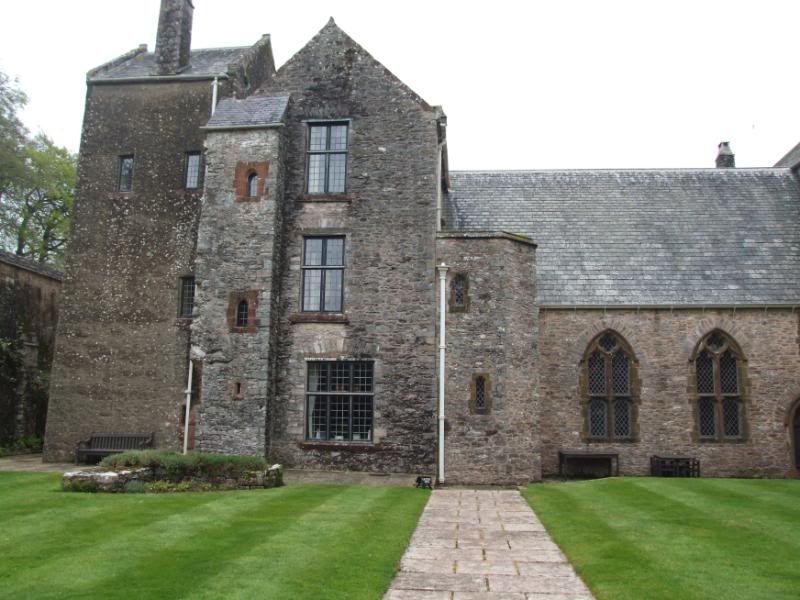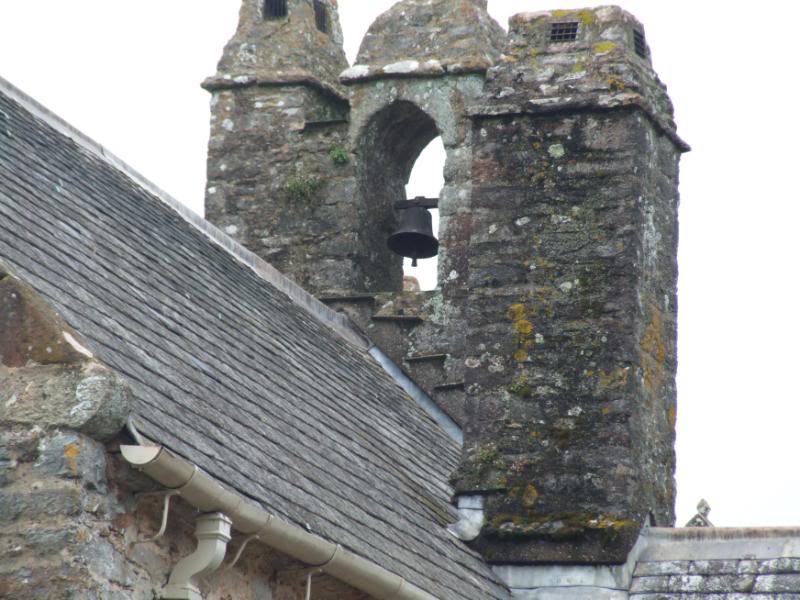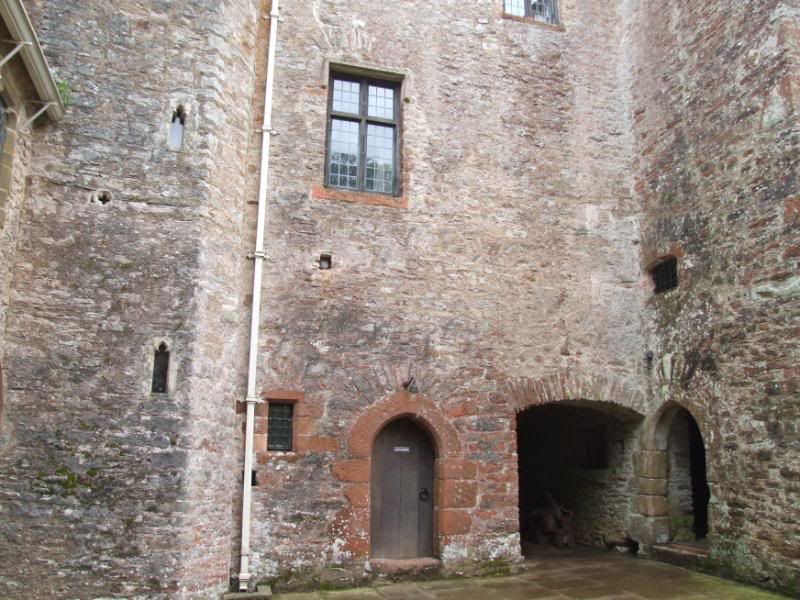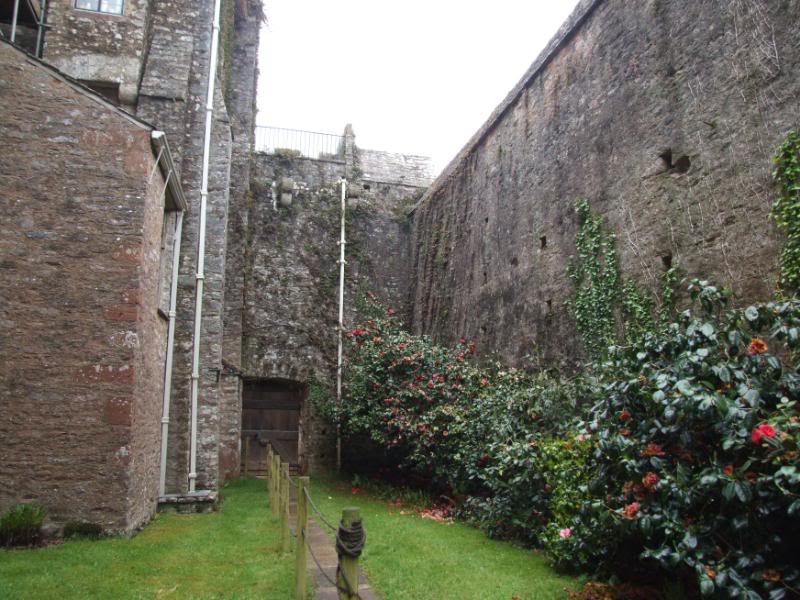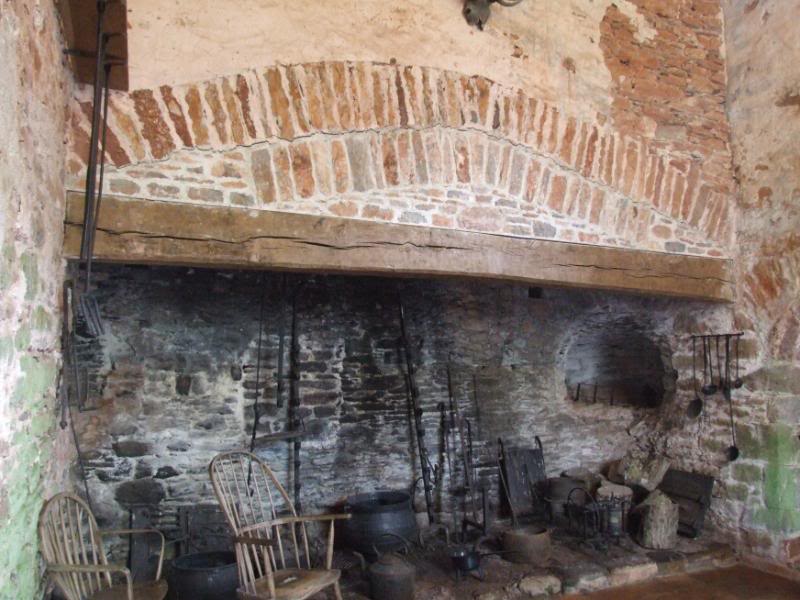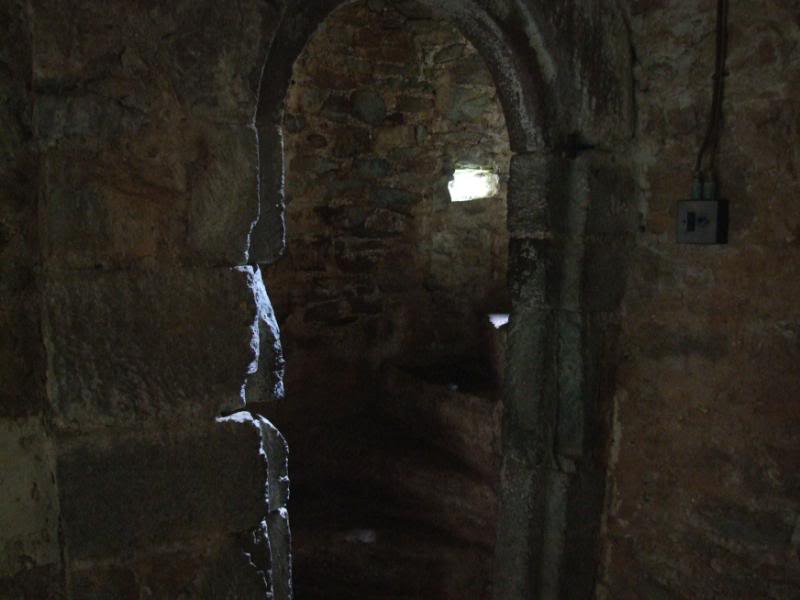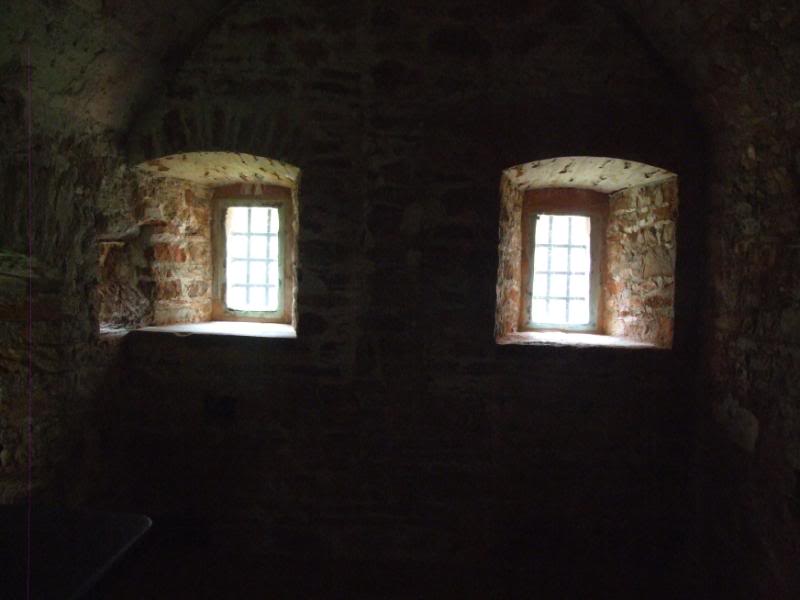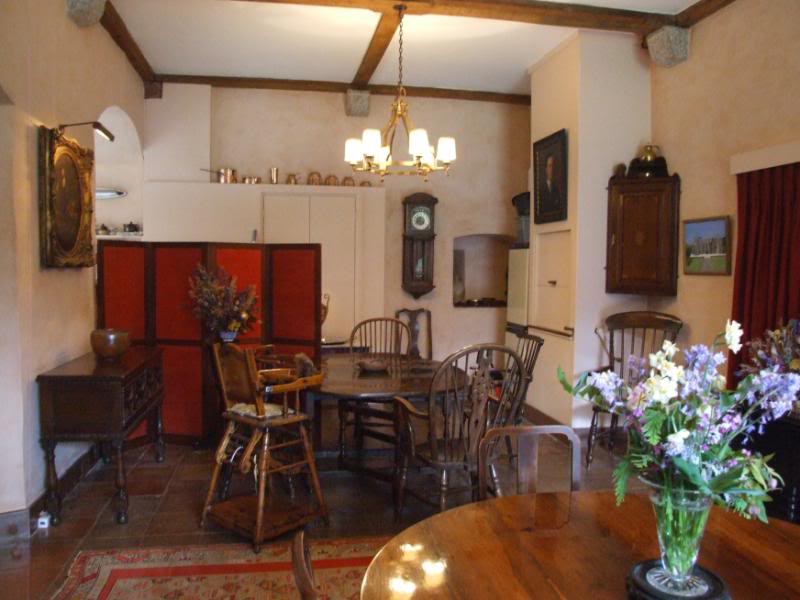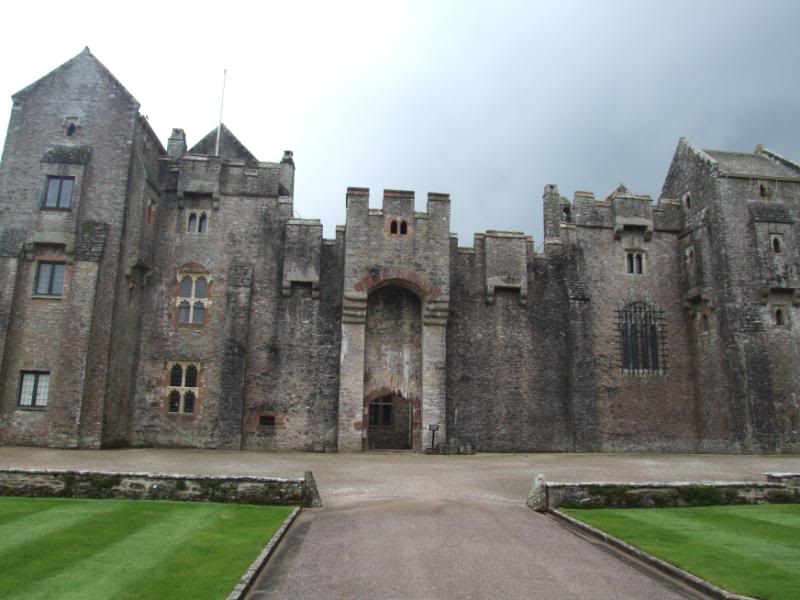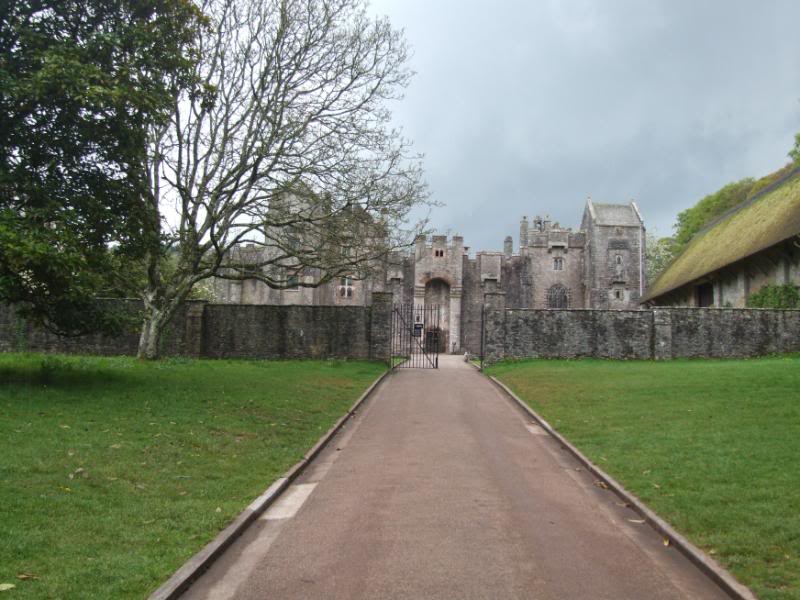|
|
Post by Dave on May 13, 2013 13:32:33 GMT
Devons Castles Berry Pomeroy Castle The castle, now a romantic ruin, is reputed to be one of the most haunted in the British Isles. It has numerous legends associated with it, and although now only a shell of its former glory, it retains an air of its troubled history.HistoryThe lands around the present castle were originally bestowed upon Ralph de Pomeroy by William the Conqueror, as reward for his loyalty and support during the Norman invasion, and the subsequent battle of Hastings. The Norman structure, still seen in the gatehouse of the present ruin, dates from the end of the 13th Century, when Henry de Pomeroy (the 9th generation of Pomeroy's) started the construction of the castle. The structure had been completed by Henry's death in 1305.
The castle remained in Pomeroy hands until the late 1540's, when the castle was bought or acquired by other means by the influential Sir Edward Seymour. Edward was the Lord Protector, and the brother of Jane Seymour, third wife to Henry VIII. Edward commissioned the building of a mansion house within the confines of the Norman castle, creating the resultant mixture of architecture seen today.
Edward Seymour made a lot of enemies as Lord Protector, and he was ousted by the Earl of Warwick and imprisoned in the Tower of London in October 1549. With 29 charges against him he was sentenced to death and executed on January 22nd 1552.
Somehow the castle remained in Seymour hands, and continued to be occupied by them up until 1688, when it was abandoned as an abode. There is some evidence that a proportion of the rooms remained inhabitable up until the reign of George the IV, and the castle has remained in guardianship of the Seymours, currently the 19th Earl of Somerset. In 1977 English Heritage took over the maintenance of the castle, and have continued to carry out restorations to the present day.
Ghosts and LegendsThe castle has been the scene of numerous ghostly sightings and strange phenomena. The most enduring ghosts seem to be the terrifying apparitions of a White Lady and a Blue Lady. The White Lady haunts the dark dungeons, and rises from St Margaret's Tower to the castle ramparts, where she has been seen beckoning to witnesses (as recently as 1987). According to the legend she is the spirit of Margaret Pomeroy, who was imprisoned in the dungeons by her sister Eleanor. Eleanor was jealous of both her beauty and her affections for the man she had designs upon. Margaret slowly starved in the dungeons, a long drawn out and painful death. Whether she is the source of the feeling of unease and horror some people experience at the castle is unknown.
The Blue Lady is not confined to specific areas of the castle and is supposed to lure people into parts of the ruin. Traditionally she is seen as the ghost of the daughter of one of the Norman Lords of the castle. She was raped by her father, who then strangled the resulting child in one of the upper rooms.
In other tales it is she who strangles the child, haunting the castle in anguish. When seen, her face is said to portray this suffering. She is regarded as a death portent to members of the Seymour family.
Sir Walter Farquar (Dr Farquar) is said to have seen the spirit while he was attending to the wife of one of the Stewards in the 19th Century. She died soon afterwards although she seemed to be making a full recovery.
Another popular tradition relates to the heroic fate of two brothers (Pomeroys), who were besieged at the castle at some point in its history. To save face from a long drawn out defeat, they dressed in full armour, mounted their horses, and rode off the top of the castle ramparts and precipice below. The area was known thereafter as the Pomeroy's leap, and is associated with anomalous noises such as screams and dull thuds. This story may have origins in a real life event, although the occurrence does not appear in written history.
The castle has been the scene of many other ghostly sightings and phenomena. Strange lights have been witnessed, voices have been heard, and there have been reported cold spots and freak winds, although the latter is always possible in an open ruin. Other apparitions reported include a lady in a grey dress, the ubiquitous Cavalier, and strange shadows with no earthly presence to cast them.
Often on bank holidays the castle host medieval days, Carol and I picked one such day to visit. |
|
|
|
Post by Dave on May 13, 2013 13:50:29 GMT
CASTLE DROGOHow a trip to see a castle turned into a 6 mile walk I will never know, but my legs are suffering now and I will do a feature on that walk later this week, now back to the castle.
I have never wished or wanted to go to Castle Drogo, because to me it is false, a fake, call it what you will but a castle to me should have been build in the middle ages, in the times when there were knights etc. This castle was build between 1910 and 1930, we had cars then and yes professional football, but today I gave in and went to see it.
While I think the National Trust do such good work, I never like going to any place they own, people in every room looking and watching you like hawks, just makes me feel uncomfortable and don’t ask how much two slices of cake and two coffees cost, my answer will have that mere saying I’m a tight git and you can’t pay enough for quality.
You do get to walk inside a large part of the castle; nothing to exciting I’m afraid, our walk to Fingles Bridge then back along the other side of the river all the way to Iron Bridge then back toward the castle was much more fun.
Some pictures below, none from the inside as its not permitted just outside shots and a flower close up plus a butterfly and a shot looking back to the castle on our long walk.
CASTLE DROGOThis granite castle, built between 1910 and 1930 for the self-made millionaire Julius Drewe, is one of the most remarkable works of Sir Edwin Lutyens. Perched on a moorland spur above the River Teign, it commands spectacular views of Dartmoor. The interior is designed for comfortable and elegant living, with an interesting kitchen and scullery, and elaborately appointed bathrooms. There is a delightful formal garden with roses and herbaceous borders, spring flowers, and many fine walks in the estate.
|
|
|
|
Post by Dave on May 13, 2013 14:07:23 GMT
Compton Castle
The rain today put an end to the plans we had made for today, we needed dry weather and not the rain, so I put up some things on the forum this morning while I decided what we could do after lunch(12pm)
Not really being able to go too far due to the time I decided to continue on where we left of yesterday and do another castle and one really close that we have never been too. Well it’s called a castle and at least it has real history as the first part of it was built in the mid-14th century. Its National Trust again, but we are members so we show are card and in we go.
Not a great deal to see inside and once again you aren’t allowed to take pictures, but I did break the rule just the once and got a nice room shot inside. Then we went to another place we have not been the Torquay Museum, I thought they were all free these days? Well we paid our £4.95 each and went in as it had started to rain again.
After this over to the Willows pub, what a bargain price the food is there, just £3.50 each for a carvery and not only was it very busy, it was a good and tasty carvery. Two meals and two drinks and it still cost less than the two cakes plus drinks at Castle Drogo. Also yesterday we stopped of at a Little chef, what small portions you get and a burger and chips cost nearly £8, no wonder we ate along in that place.
A small piece from wilki about Compton CastleCompton Castle is a fortified manor house in the village of Compton, about 5 miles (8.0 km) west of Torquay, Devon, . The castle has been home to the Gilbert family for most of the time since it was built. It has been a National Trust property since 1951.
The original undefended manor house was built in the mid-14th century and consisted of a hall flanked by solar and service rooms at each end - these were rebuilt in the later Middle Ages.The fortress-like front was added in about 1520 by John Gilbert.The central hall was in ruins by the 18th century, but was faithfully reconstructed in the 1950s.
Compton Castle's most famous inhabitant was Sir Humphrey Gilbert (1539–1583), coloniser of Newfoundland and half-brother of Sir Walter Raleigh; legend has it that Raleigh smoked the first pipe of tobacco in Britain while visiting Sir Humphrey. The castle was home to the Gilbert family until the estate was sold in 1785 whereupon it gradually declined until a descendent bought it back in 1931; he gave it to the National Trust in 1951 on the condition that members of the family should continue to occupy the castle They still do, and administer it for the Trust.
The castle was used as a location for the filming of the 1995 version of Sense and Sensibility. Its Great Kitchen is notable for the insight it gives into medieval domestic life, and its small formal gardens are enclosed by a stone curtain wall.
|
|


